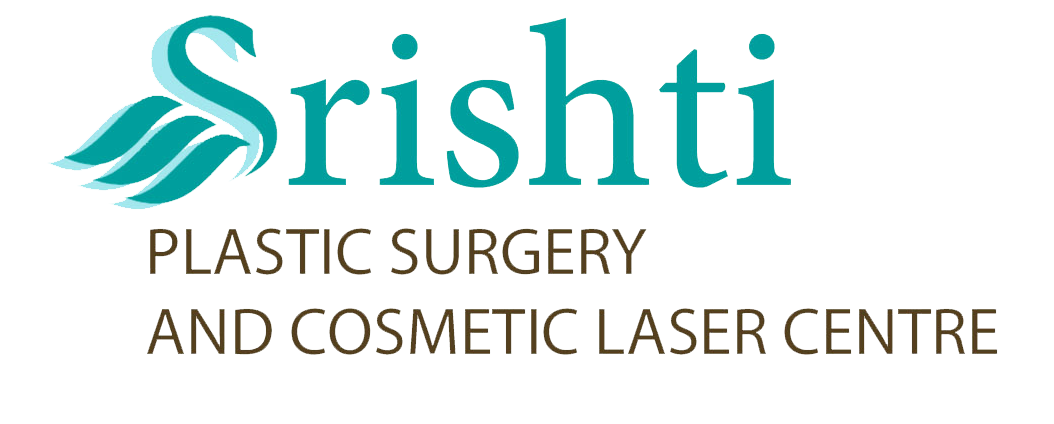Cleft Lip & Palate
What is Cleft Lip & Palate?
left lip and palate are birth defects that occur when a baby’s lip or mouth do not form properly during pregnancy. A cleft lip is a split or opening in the upper lip, and a cleft palate is a split or opening in the roof of the mouth (palate). These conditions can occur separately or together.
Cleft lip and palate can cause a range of issues, including difficulties with feeding, speech, hearing, and dental development. Treatment usually involves surgery to close the cleft and improve the function and appearance of the lip and palate. Additional treatments, such as speech therapy and dental care, may be needed to address related issues.

Before Surgery:
Evaluation: A comprehensive evaluation by a multidisciplinary team, including a plastic surgeon, speech therapist, and pediatrician, is conducted to assess the extent of the cleft and plan the surgery. Pre-operative preparation: Parents receive instructions on how to prepare for the surgery, including fasting before the procedure
During Surgery:
Anesthesia: The child is placed under general anesthesia to ensure they are asleep and pain-free during the procedure.
Cleft lip repair: For a cleft lip, the surgeon makes incisions on both sides of the cleft and then sutures the tissues together to create a more normal appearance.
Cleft palate repair: For a cleft palate, the surgeon closes the opening in the roof of the mouth with sutures, reconstructing the palate to allow for proper speech and feeding.
Nasoalveolar molding (NAM): In some cases, NAM is used before surgery to help reshape the gums, lips, and nostrils before cleft lip repair.
After Surgery:
Recovery: The child is monitored closely in the recovery room to ensure they wake up safely from anesthesia.
Hospital stay: Depending on the extent of the surgery and the child’s overall health, they may need to stay in the hospital for a few days for observation.
Post-operative care: Parents receive instructions on how to care for their child’s surgical site, including cleaning and feeding instructions.
Follow-up: Regular follow-up appointments with the surgical team are scheduled to monitor healing and address any concerns.
Overall, cleft lip and palate repair surgery can significantly improve a child’s ability to eat, speak, and breathe properly, as well as their overall appearance and quality of life.
FAQ
4-5 days
Gym or strenuous activity after two weeks
Need to maintain weight, proper diet, exercise to be followed.
How much fat can be removed?
Up to 5 litres of fat is safe limit more than 5 litres it is called as mega volume liposuction, it
can be done for selected candidates.
- Pain in surgery area
- Swelling
- Contusion
- Seroma
- Hematoma
- Altered sensation
Have Any Question?
Just Tell us. We are here to help you with everything.
- (+91) 94441 26126
- 0452-2539555, 0452 4506126
- srishticosmeticsurgery@gmail.com


